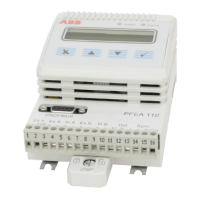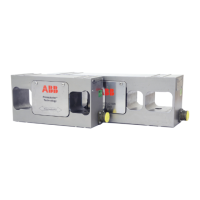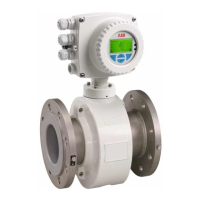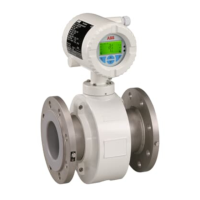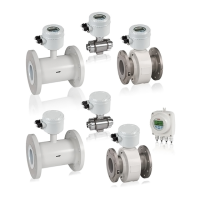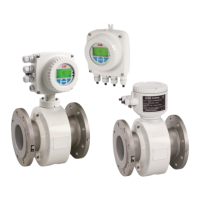Tension Electronics PFEA113, User Manual
Section 2.4.1 Selecting and Routing the Cabling
3BSE029382R0101 Rev C 2-3
• The maximum permitted cable resistance in the excitation circuit is shown in Table 2-1.
Before commissioning, check cable resistance in the load cell excitation circuit.
• Solid conductors should not be connected to terminals. Pins should not be crimped to
stranded cores.
• The cable from the load cell must be a robust four core cable, see Figure 2-2.
Diagonal pairs must be
used for the signal circuits and excitation circuit.
Figure 2-2. Core Arrangement in Load Cell Cable
• Between the junction box and the tension electronics, signal and excitation must be routed
in separate cables. For example: a 2 × 2.5 mm
2
cable for the excitation and a shielded
4 × 2 × 0.5 mm
2
cable with twisted pair cores for the load cell signals.
• Cable for synchronization of two of more tension electronics IP-20 version (unsealed)
must be screened or a twisted pair.
• The signal cable between the tension electronics and instruments, or process equipment,
must be a screened 0.5 mm
2
cable.
• Cable screens must be connected to the copper earth bar. The screen connection maximum
length is 50 mm.
• The protective earth conductor of the incoming mains supply must be connected to the
copper earth bar in the cabinet IP-65 version (NEMA 4).
Table 2-1. Maximum Permitted Cable Resistance
Load cell Max. permitted cable resistance
PFCL 301E 10
PFTL 301E 10
PFRL 101 10
PFTL 101 10
PFCL 201 10
PFTL 201 10
Signal
Load cell excitation
A
B
D
C
